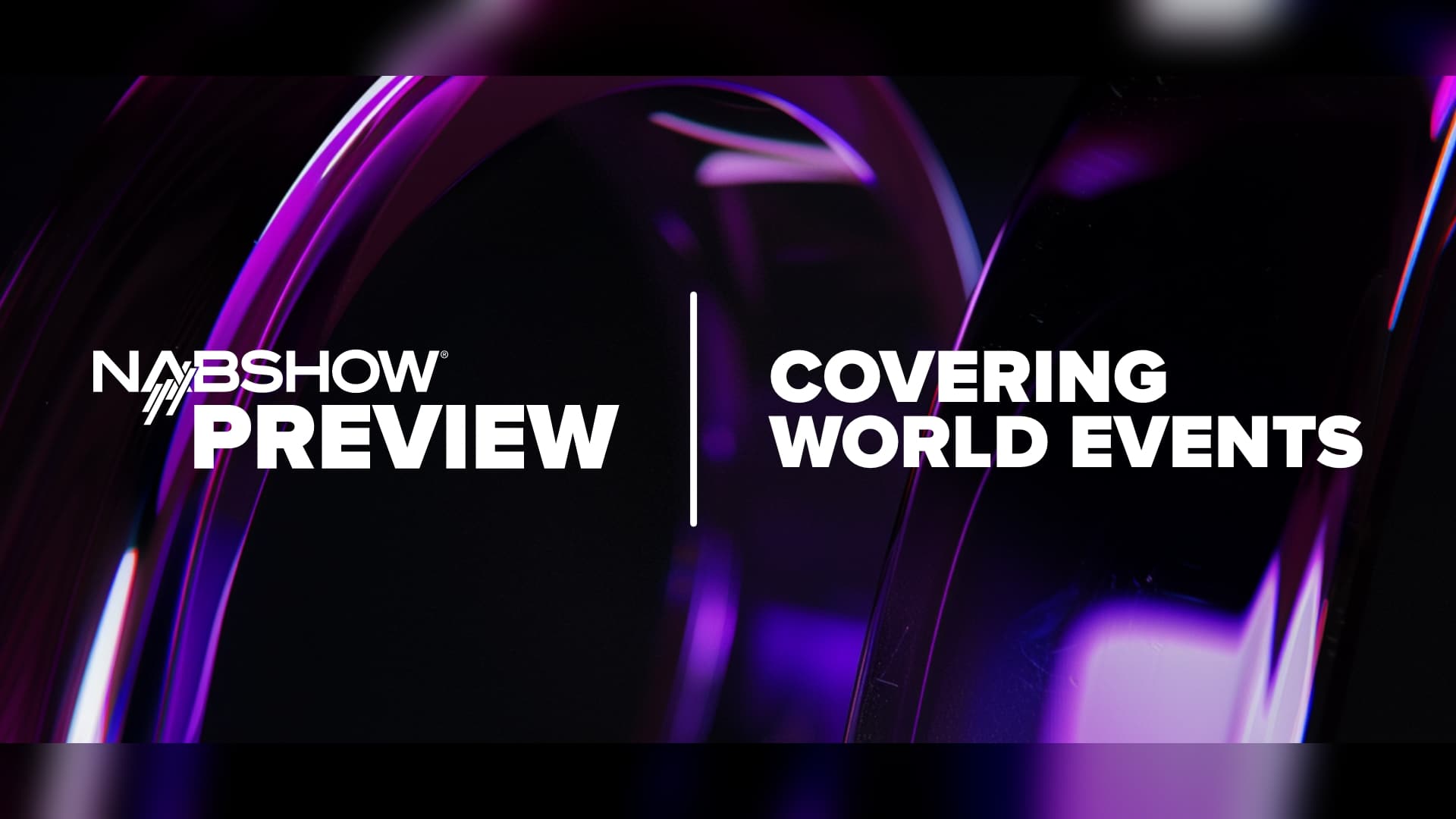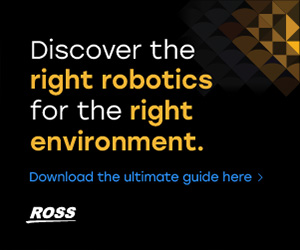NAB Show Preview: Preparing for major world events in 2024

Subscribe to NCS for the latest news, project case studies and product announcements in broadcast technology, creative design and engineering delivered to your inbox.
2024 promises to be a pivotal year for broadcasters, with major events like the Paris Olympics, U.S. presidential elections and the ongoing international tensions dominating the news cycle. As audiences increasingly turn to live coverage for their news and entertainment, media companies face pressure to expand their offerings while maintaining the highest standards of quality and integrity.
The rise of streaming
One of the key trends shaping the broadcast industry in 2024 is the explosion of live content across all platforms.
“Old and new broadcasters realize that audiences love the unpredictable and interactive nature of live – while new, lightweight tech means that high-quality, monetizable livestreams can be launched at a fraction of the cost and effort it would have taken just 5 years ago,” said Peter Cassidy, commercial director of Dizplai. “We expect to see a huge amount of parallel live content across all platforms – around the Euros, Olympics, the Elections (debates and the elections themselves) in 2024 and are looking forward to being right at the center of that!”
This shift towards live streaming is being driven in part by advances in low-latency technology, which is enabling broadcasters to deliver live content with minimal delays.
“I expect that low-latency live OTT streaming will become more commonplace, if not the norm,” said Remi Beaudouin, chief strategy officer at Ateme. ” The typical delays associated with live streaming (30-60 seconds) has been a weak point, particularly for live sports and interactive TV shows encouraging viewer participation. However, low-latency live streaming technology has matured and been deployed for high-profile events such as the 2022 World Cup.”
“With ‘new media’ companies entering the major sports broadcasting market, live streaming latencies have to be at least on par with traditional TV (cable, satellite, OTA). Ateme makes this possible with low-latency streaming at scale,” said Beaudouin.
Balancing subscriptions and ad-supported models
As live streaming becomes more prevalent, media companies are also grappling with the challenges of monetization.
“This year is an election year and an Olympics year, so there will be major spikes in ad spending,” said Dave Dembowski of Operative. “We are interested to see how media companies prepare for this market and integrate it into their advertising strategy. At the same time, subscription models are cooling and ad-supported streaming is in the spotlight. We are excited to see what approaches media companies are taking to strike the right balance.”
One company that is helping broadcasters navigate this shifting landscape is Amagi.
“Whether it’s the thrill of a close election or the excitement of a global sporting event, Amagi’s cloud-based solutions ensure that audiences can engage with these moments on their preferred devices and platforms,” said Srinivasan KA, co-founder and chief revenue officer at Amagi. “Our suite of products — including Amagi Cloudport, Tellyo Studio, Tellyo Pro and Amagi Dynamic — enable cost-effective, reliable and unified workflows for live sports coverage, real-time graphics integration, localization and omnichannel ad monetization.”
Safeguarding brand integrity while embracing new technologies
As broadcasters expand their coverage of live events, they are also facing increasing pressure to safeguard the integrity of their brand and editorial credibility.
“The stakes have never been higher,” said Robin Kirchhoffer, CMO at Dalet. “Now, more than ever, newsrooms and live event broadcasters are confronted with intensifying demands to broaden their coverage while simultaneously safeguarding the integrity of their brand and editorial credibility amidst the proliferation of GenAI content, deep fakes, misinformation and other challenges.”
To meet these challenges, broadcasters are turning to new technologies like AI and cloud offerings.
“Thanks to the advancements in AI and Cloud, the way we produce, manage, distribute and monetize content is changing significantly,” said Kirchhoffer. “Dalet plays a key role in supporting these institutions by providing efficiency, speed, collaboration, control and agility.”
As the broadcast industry continues to evolve in response to these major events and shifting audience expectations, technology will clearly play an increasingly critical role in shaping the future of live coverage. With the right tools and strategies in place, broadcasters will be well-positioned to meet the challenges of 2024 and beyond.
Subscribe to NCS for the latest news, project case studies and product announcements in broadcast technology, creative design and engineering delivered to your inbox.





tags
Amagi, ATEME, Dalet, Dave Dembowski, Dizplai, KA Srinivasan, NAB Show 2024, NAB Show News, Operative, Peter Cassidy, Remi Beaudouin, Robin Kirchhoffer
categories
Featured, NAB Show